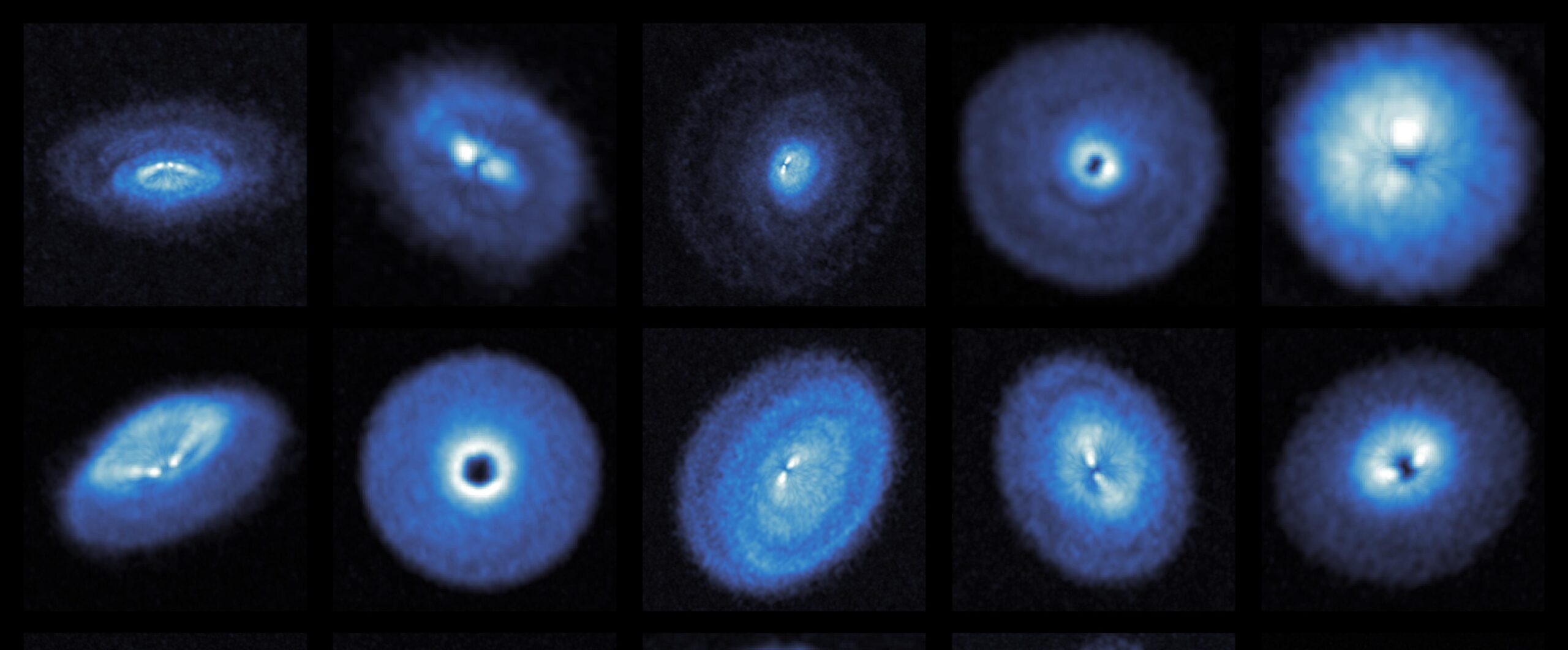A technique developed by Monash University astronomers (advanced imaging) was used to detect planets previously hidden by interstellar gas and dust clouds around young solar systems.
The work is part of the international exoALMA project, named after the Atacama large telescope in Chile which captured images of never-before-seen planets and their solar systems.
It took primary project investigator, Associate Professor Christophe Pinte seven years to develop the technique and enabled researchers to find planets as young as a few million years old – 1000 times younger than Earth.
He says that unlike traditional planet-hunting methods that look for a young planet’s direct light, exoALMA searches for the impact that planets have on their surroundings.
“It’s like trying to spot a fish by looking for ripples in a pond, rather than trying to see the fish itself,” Ass-Prof Pinte said.
“This allows us to detect much younger planets than ever before so we can learn a lot more about how they grow and evolve.
“A key finding of exoALMA is that planets form quickly, in less than a few million years, and in surprisingly dynamic environments with many physical mechanisms at play.”
Monash Professor Daniel Price, who worked alongside Associate Professor Pinte, says this technique will also help us to understand more about the Earth’s creation.
“We have discovered more than 5000 exoplanets to date but they are all mature systems, leaving us with little understanding of how they formed or why they differ so drastically from our own solar system,” Professor Price said.
“By uncovering the youngest planets, exoALMA is providing the first clues to unravel these mysteries.
“The technique we have developed is a remarkable leap forward for astronomy and opens up lightyears of new possibilities for future discoveries.”
The first exoALMA findings were published in 17 papers in the Astrophysical Journal Letters which will be published in a special issue of the journal with more to come later this year.






